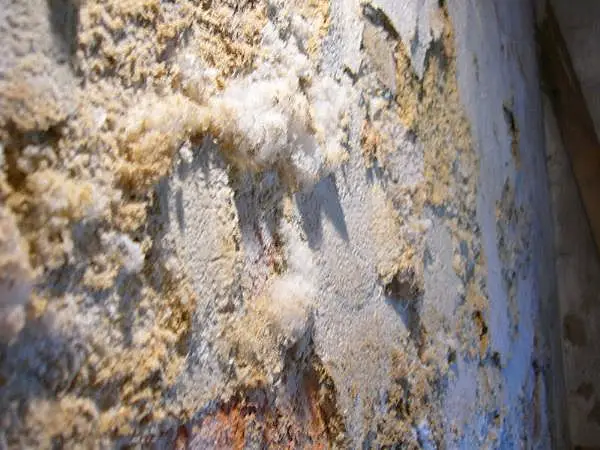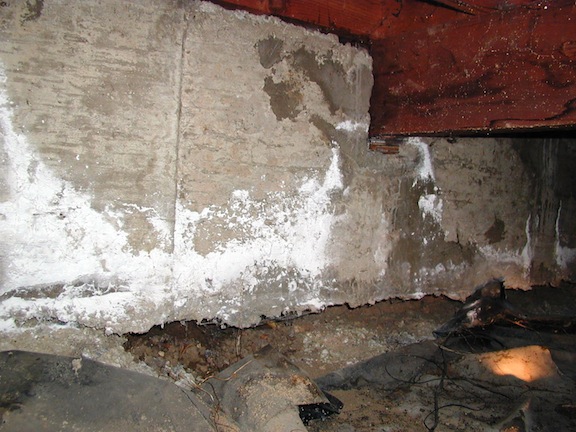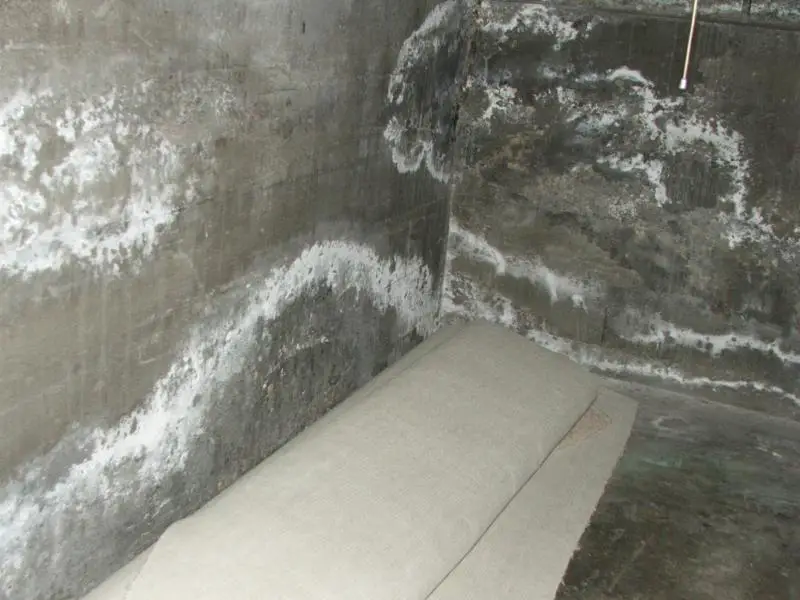Efflorescence is a very common phenomenon associated with concrete foundations. It often appears in the form of a white fluffy material that you may have noticed on the walls of your basement. Good news is that it is not hazardous, being just a salt that can easily be removed using efflorescence removers and other techniques. It signifies moisture issues and if left untreated could lead to deterioration.
Causes of Efflorescence
Let’ see what causes efflorescence. Water on infiltrating the concrete dissolves mineral along with. But as water gets evaporated from the surface of concrete, it leaves behind mineral deposits, which appear as efflorescence crystals. Though it is a cosmetic problem, it can cause spalling of bricks or concrete and the surface begins to peel off as the salts push out from the inside and may cause deterioration or crumbling.
When efflorescence reappears after having been removed once, it implies that water is able to penetrate through the wall and throwing the salts out. The conditions that lead to efflorescence are:
- The wall contains some water soluble salts.
- The wall has adequate moisture content for dissolving salts to make a salty solution.
- There has to be some path that facilitates escapade of soluble salts through the surface and as moisture evaporates salts get deposited and crystallized on the surface to cause efflorescence.

How Can We Prevent Efflorescence?
Once you can prevent water from infiltrating the structure, efflorescence will stop. It means that you have to first identify the source of water infiltration and then eliminate that. Once that is done, you can use an efflorescence remover for cleaning walls.
The internal elements may be diverting water and causing efflorescence but water can enter from the external elements also. Efflorescence crystals may appear due salt laden soils contained in grout or mortar. The sand or contaminated water used for making concrete could have had soluble salts.
Another cause is the clay brick. Clay used for manufacturing bricks usually has soluble alkaline slats. Fired clay bricks often contribute to the problem of efflorescence. Modern brick manufacturing processes use additives to make sulfates insoluble.

What’s The Solution?
Sandblasting has continued to be the most practiced method of cleaning efflorescence because it works. But it removes other things along with. Because of the abrasive action of sand, surface of bricks and mortar joint also get eroded in the process. This enhances the porous nature of masonry and water absorbing characteristic of wall. One remedial measure is to seal the masonry with waterproofing materials after sand blasting is completed.

Another technique of removing efflorescence crystals involves using dilute solution of muriatic acid in water with recommended ratio of 1:12. It is recommended to use many mild applications than using single strong one. However, it is imperative to soak the wall before this application and also to thoroughly clean it with clean water to get rid of the leftover acid.
